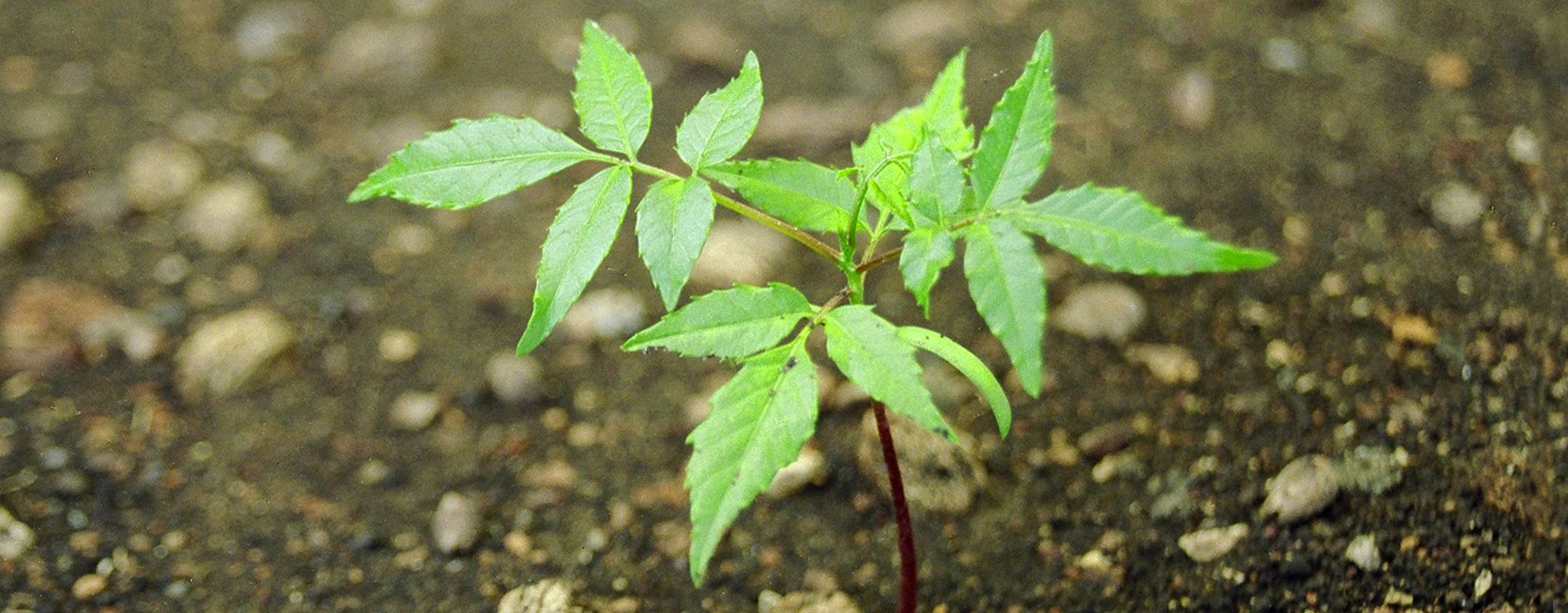Many forest species are unable to survive for long in forest landscapes that have been severely fragmented by human actions. Fragmented patches of forest are exposed to a range of damaging processes including invasion of early successional and non-native species and increased predation rates. This ongoing damage makes both the habitat and species that depend upon that habitat, highly vulnerable.
Therefore, while securing and protecting surviving forest patches is the vital first step, it is sometimes not enough. Some habitat patches must then be expanded and reconnected if they are to sustain their characteristic wildlife.
Tree planting
WLT’s reforestation programme started in 2006 when the power company Scottish and Southern Energy (SSE) approached WLT with a view to launching a programme to establish six trees for every customer on one of its energy tariffs. Since this time, the programme has expanded to a number of project sites funded by both corporate donors and ourPlant a Tree Appeal.
Where tree planting is necessary, funding supports a process that begins, in many reserves, with the collection of seeds for planting in reserve nurseries. WLT’s partners have worked with local communities to establish well-run tree nurseries which now have a demand for their services beyond our projects. Trees selected for planting are a mixture of native species that grow naturally in nearby established forests.
Once the saplings are planted out on the reserve, they are maintained and monitored to ensure successful establishment. Growth is usually fast, and fruiting species can provide a food source for wildlife within a couple of years.
All of WLT’s partner organisations implement a comprehensive maintenance and monitoring plan to ensure that the saplings grow well for at least 10 years, after which the trees are deemed to be mature and natural mortality rates will be low.

Assisted natural regeneration
Assisted natural regeneration accelerates the natural succession process and is achieved by removing barriers, such as competition with invasive species, and disturbances such as cattle grazing and fire. This normally requires an area to be fenced and space around existing saplings to be cleared. In some areas enrichment planting complements the assisted natural regeneration and a mixture of local native tree and shrub species, similar in composition to the surrounding forest, is used.
This ensures that key locally native tree and shrub species that might otherwise fail to colonise the site are present. Many tree species are known as ‘keystone resources’ because they provide a vital resource, such as fruits, for forest animals. By ensuring such species are present in the regenerating habitat, animals in adjacent forests are quickly provided with enhanced resources, bolstering their survival prospects.
To support WLT’s reforestation programme:
Individuals can Plant a Tree with WLT.
If you are a business or looking for large-scale reforestation projects, please contact WLT for further details.
Plant a Tree
Tree planting fights climate change, restores degraded landscapes and establishes new habitat for species.
It’s easy to Plant a Tree with WLT!
see below for more information.